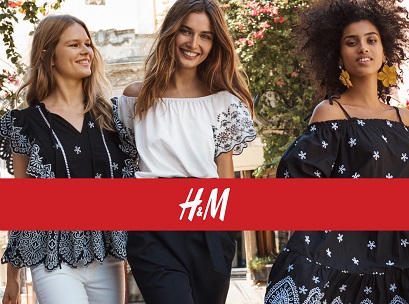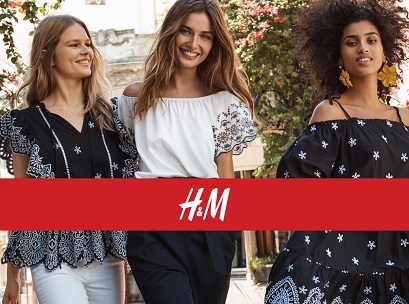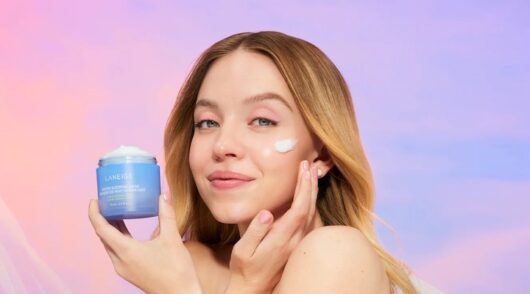
Marketers and advertisers need to amp up their diversity and inclusion efforts in advertising campaigns to reach the majority of Australian consumers who say this is important to them, according to an Adobe survey.
Adobe’s Diversity in Advertising survey reveals 62 per cent of Australian consumers are more likely to purchase products and services from brands with diverse advertisements, with 21 per cent of respondents saying they have boycotted brands that don’t feature diversity.
The report, which surveyed more than 1000 people from across Australia, found that representation is critical for brands wanting to engage consumers.
More than half, about 56 per cent, of consumers surveyed said lack of diversity would impact their perception of a brand, and 29 per cent said they are more likely to trust brands that have more diverse ads.
“In an increasingly competitive digital landscape, consumers are demanding personalised and authentic advertising, experiences and engagement from brands,” said Phil Cowlishaw, APAC head of Advertising Cloud at Adobe.
“What this research shows is that while diversity in advertising is obviously improving, the real opportunity for brands is to make their customers feel like the brand knows and cares about them through representation.”
While progress has been made – 58 per cent said that advertising is more diverse than it was three years ago, and two thirds of consumers agreed their race or ethnicity is represented in the ads they are served – there is still a long way to go.
Australian consumers noted that Aboriginal and Torres Strait Islanders, and African and Middle Eastern ethnicities are the least represented in ads, the survey showed.
The research also revealed that consumers believe network TV is perceived to have the most diverse advertising today, however only 9 per cent of respondents felt that digital ads were representative.
Sectors polling better when it comes to diversity in ads are travel & hospitality, retail and media & entertainment; while the automotive and financial industries had some catching up to do.
Many high-profile campaigns have received criticism for imagery or text people find racist, like fast fashion retailer H&M’s campaign last year that featured a black child wearing a green hoodie with the text “coolest monkey in the jungle”.
Italian luxury retailer Dolce & Gabbana has also faced criticism over a “racist ad campaign.”






